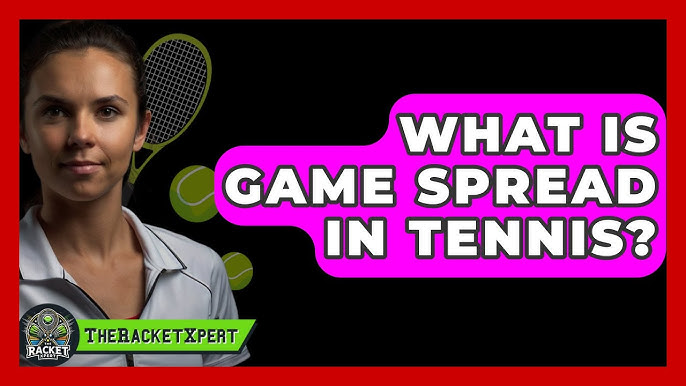Okay, so today I wanna talk about something I’ve been messing around with lately – game spread in tennis. It’s a bit of a head-scratcher at first, but once you get it, it’s pretty cool. Let me walk you through what I’ve figured out.
First off, I started by trying to understand what game spread even is. Turns out, it’s basically betting on how many games a player will win by in a match. Like, if you think Nadal is gonna crush it, you bet on him winning by a certain number of games. It’s not just about who wins, but by how much.

Then, I dug a bit deeper. I saw that these spreads are set by folks called oddsmakers. These guys are like the pros who figure out the chances of one player beating another. They come up with a number, the “spread,” which kind of evens the playing field. For example, they might say Nadal is -2.5, meaning he’s expected to win by at least 3 games.
So, I tried a little experiment. I picked a match between, say, Federer and Djokovic. Let’s say the spread for Federer was +3.5. This means if I bet on Federer, he could either win the match, or lose by less than 3.5 games for me to win the bet. It’s like giving him a little head start.
- I started looking at some matches.
- I noticed the spreads set by the oddsmakers.
- I picked a few matches and made some imaginary bets, just to see how it works.
Here’s what I did:
Now, here’s where it gets tricky. I took that Federer and Djokovic example. Let’s say Djokovic wins the match 6-4, 7-6, 7-6. That means he won by 4 games total. In this case, if I had bet on Federer with that +3.5 spread, I’d lose my bet. Why? Because even with the 3.5 game advantage, Federer still lost by 4 games, which is more than 3.5.
I also learned something about betting on the underdog. If the underdog has a spread of, let’s say +7, they gotta lose by six or fewer points, win, or tie to cover the spread. If they lose by exactly 7, it’s a tie, or a “push.” And for the favorite, with a spread of -7, they need to win by at least 8 points to cover. If it’s exactly 7, it’s a push again.
This whole thing got me thinking, it’s not as simple as it looks. There’s a lot of guessing and hoping involved. You gotta really think about how well a player might do, not just if they’ll win or lose. I kept practicing with these imaginary bets, and slowly, I started to get a better feel for it. It’s like a puzzle, and you’re trying to figure out all the pieces.
So, that’s my adventure with tennis game spread betting so far. It’s been a wild ride of figuring things out, making guesses, and learning from each match. Still not a pro, but hey, it’s been fun figuring it out. I thought I’d share my little journey here, hope it makes some sense to you all!


























